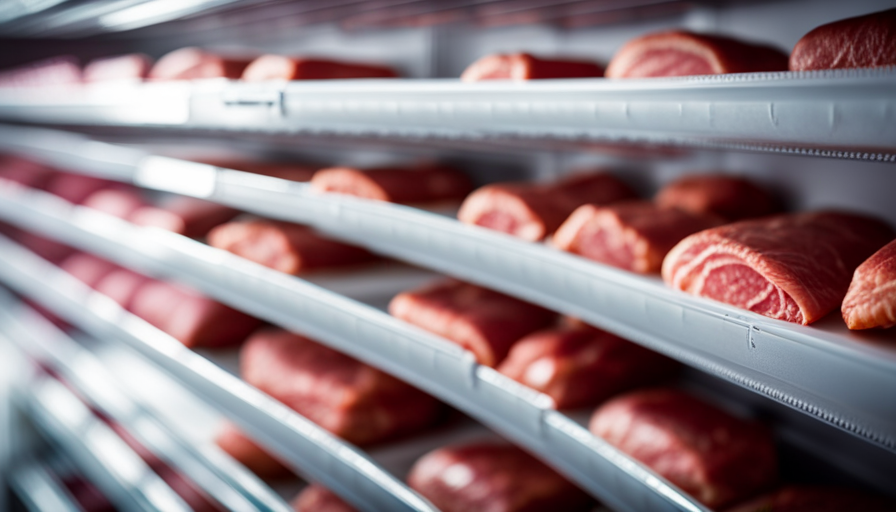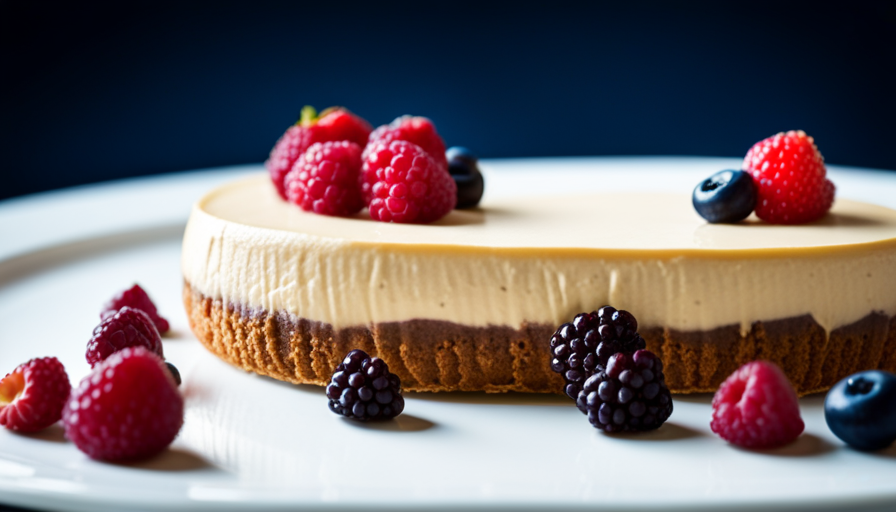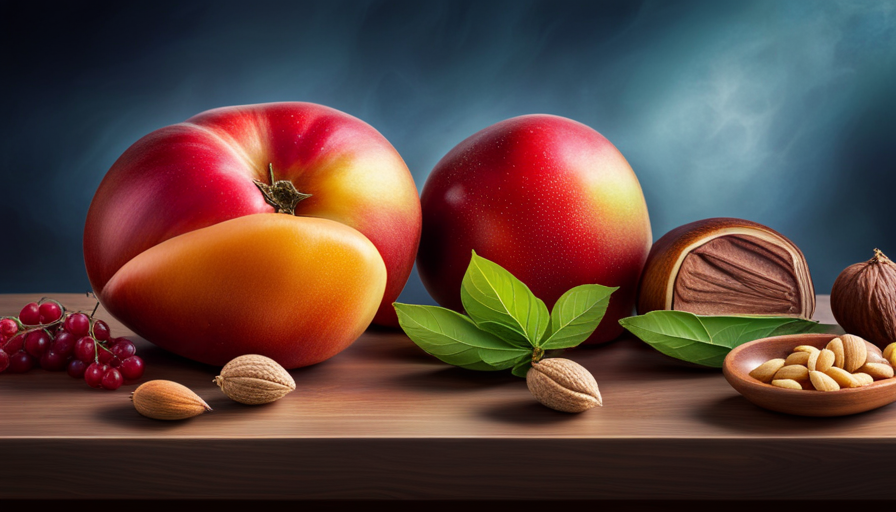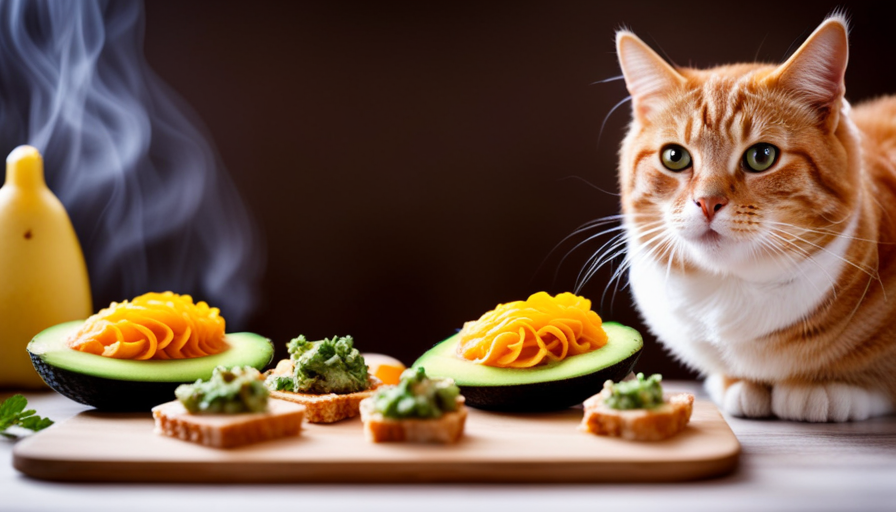Title: A Beginner’s Guide to Coffee Cupping
Coffee cupping, a meticulous process used to taste and evaluate different coffees, is an essential practice in the coffee industry. With its focus on analyzing aromas and flavors, cupping serves as a reliable quality control method. Whether you’re a coffee enthusiast or a professional, cupping at home can enhance your understanding of coffee and its origins.
To ensure consistent and accurate results, it is crucial to adhere to a standardized cupping method and use single origin beans for comparison. Optimal cupping conditions require lightly roasted and freshly roasted beans, a burr grinder for a medium-coarse grind, and well-filtered water.
In this article, we will explore the step-by-step process of cupping, the necessary equipment, and how cupping can expand your coffee knowledge and foster social connections. So, let’s embark on the art of coffee cupping and unlock the captivating world of coffee flavors.
Key Takeaways
- Coffee cupping is a process for tasting and evaluating different coffees.
- Cupping allows for a detailed analysis of coffee aromas and flavors.
- Consistency in cupping method is important for reliable results.
- Single origin beans should be used to compare coffee from different places.
What is it?
Coffee cupping is a systematic method for evaluating and comparing different coffees, allowing for a detailed analysis of their aromas, flavors, and characteristics. It has a rich history that dates back centuries and is widely used in the coffee industry for quality control purposes.
Cupping originated in Ethiopia, where coffee was first discovered, and has since spread to become a global practice. The process involves using single origin beans from various regions to compare and contrast the different flavors and profiles. There are also different varieties of cupping, such as professional cupping and home cupping, each with its own set of guidelines and objectives.
By engaging in coffee cupping, individuals can gain a deeper appreciation for the complexities and nuances of coffee, enhancing their overall coffee knowledge and enjoyment.
Process and Purpose
The process of cupping provides a systematic approach for evaluating and analyzing the sensory characteristics of various coffee samples, contributing to the overall understanding and appreciation of the beverage. Interestingly, studies have shown that the consistency in cupping method greatly influences the reliability of the results, emphasizing the importance of adhering to standardized procedures.
Benefits and significance of coffee cupping include:
- Detailed analysis of coffee aromas and flavors
- Quality control in the coffee industry
- Increased coffee knowledge for enthusiasts
- Comparison of coffee from different origins
- Identification of specific taste profiles and characteristics
Cupping involves sensory evaluation techniques such as evaluating aroma, taste, body, acidity, and finish. It requires specific tools, such as cupping tables, bowls, scales, kettles, spoons, and note-taking materials.
By following a specific order and performing each step in a timely manner, cupping allows for a comprehensive assessment of coffee samples and encourages the development of a discerning palate.
Setting up the Station
To properly initiate the cupping process, the station must be set up with the necessary equipment and materials. Coffee cupping requires specific tools and supplies to ensure an accurate and consistent evaluation of different coffees.
The essential equipment includes:
- A cupping table
- Bowls
- A scale
- A kettle
- Spoons
- A glass
- A cupping form
- A flavor wheel
- Note-taking materials
These items enable the cupper to effectively assess the aroma, taste, body, acidity, and finish of each coffee sample. Additionally, it is crucial to have good, well-filtered water for cupping, as it greatly impacts the overall flavor experience.
By utilizing the appropriate coffee cupping equipment and essential supplies, one can fully immerse themselves in the art of cupping and gain a deeper understanding of the nuances and complexities of different coffee varieties.
Cupping Steps
Setting up a well-equipped cupping station is crucial for conducting an effective evaluation of different coffee samples. To ensure accurate results, priming techniques are employed to avoid any foreign flavors.
Priming the grinder with the same beans helps maintain consistency in taste. Additionally, using good quality, well-filtered water is essential for an optimal cupping experience.
When it comes to aroma evaluation, the process begins by smelling the dry aroma of each coffee sample. This step allows for the detection of any scents present in the coffee. After adding hot water to the coffee grounds, the aroma is evaluated again to assess any changes or intensifications in the scent.
Breaking the crust by pushing the floating grounds to the sides of the bowl further enhances the aroma evaluation. By gently stirring the top of each coffee sample and scooping away the remaining crust, the full aroma profile can be experienced.
Incorporating these priming techniques and conducting thorough aroma evaluations ensures a comprehensive and accurate assessment of different coffee samples during the cupping process.
Expanding Knowledge and Socializing
Expanding one’s coffee knowledge and engaging in the social aspect of cupping can open the doors to a rich tapestry of flavors and connections. Participating in coffee cupping events provides a unique opportunity to learn from experienced professionals and fellow coffee enthusiasts. These events often feature a wide variety of coffee beans from different regions, allowing participants to explore the diverse flavors and aromas that each origin offers. Additionally, cupping in a group setting fosters a sense of community and provides the chance to exchange tasting notes and insights with others. Sharing the cupping experience with like-minded individuals can deepen one’s understanding of coffee and enhance the overall enjoyment of the process. Attending or hosting a coffee cupping event is not only educational but also a delightful way to socialize and connect with others who share a passion for coffee.
| Benefits of Cupping in a Group Setting |
|---|
| Opportunity to learn from professionals and enthusiasts |
| Exploration of diverse coffee flavors and aromas |
| Exchange of tasting notes and insights |
| Fosters a sense of community |
| Socializing and connecting with like-minded individuals |
Frequently Asked Questions
How long should the coffee beans be roasted for cupping?
The optimal roasting time for coffee beans used in cupping can vary depending on personal preference and the desired flavors. Generally, lighter roasts are preferred for cupping as they allow for the full expression of the coffee’s unique characteristics. However, it is important to note that the roasting duration should be carefully controlled to avoid under or over-roasting.
The ideal roasting time can range from 9 to 14 minutes, resulting in a light to medium roast that highlights the coffee’s nuances and acidity.
Is it necessary to use a burr grinder for cupping?
Using a burr grinder is not necessary for cupping, as there are alternative methods available. However, using a burr grinder does offer certain benefits.
It allows for a consistent and uniform grind size, which is important for extracting the optimal flavors from the coffee beans. Additionally, a burr grinder produces less heat, ensuring that the coffee beans are not overheated during the grinding process.
While there are other options available, a burr grinder remains a popular choice among coffee enthusiasts for its precision and quality results.
Can flavored coffee be used for cupping?
Flavored coffee can be used for cupping, but it is important to consider its impact on the cupping results. Different flavors can have varying effects on the cupping profiles, as they may alter the aroma and taste of the coffee.
For those seeking a traditional cupping experience, it is recommended to use single origin beans without added flavors. However, those interested in exploring the diverse world of coffee flavors may find value in experimenting with flavored coffees during the cupping process.
How many samples of coffee should be included in a cupping session?
In a cupping session, the number of samples of coffee that should be included depends on the purpose of the cupping and the resources available. However, it is recommended to include a minimum of three to five coffee samples for a comprehensive evaluation.
This sample size allows for comparison of different flavor profiles and characteristics. Cupping techniques, such as evaluating aroma, taste, body, acidity, and finish, can be applied to each sample to assess their quality and identify any variations.
Can cupping be done with pre-ground coffee?
Cupping with pre-ground coffee has its pros and cons.
On one hand, pre-ground coffee offers convenience and saves time in the cupping process.
However, it may not provide the same freshness and flavor as freshly ground coffee.
To properly store pre-ground coffee for cupping, it is essential to keep it in an airtight container away from heat, light, and moisture. This helps maintain its quality and prevents flavor degradation.
Ultimately, the choice between pre-ground and freshly ground coffee depends on personal preference and the desired level of flavor intensity in the cupping experience.
Can Coffee Cupping Help in Identifying Certified Coffee Options?
Coffee cupping, also known as coffee tasting, is a process used to evaluate the aroma and flavor of coffee beans. This technique can be helpful in identifying certified coffee options, as it allows experts to detect any defects or inconsistencies in the beans. For more information on coffee certifications explained here, visit our website.
Conclusion
Coffee cupping is a meticulous process that allows for the thorough evaluation of different coffees. It is essential for quality control in the coffee industry and can also be done at home to enhance one’s coffee knowledge. By using single origin beans, freshly roasted and lightly roasted, and following a consistent cupping method, reliable results can be achieved.
The process involves specific equipment, a step-by-step approach, and the evaluation of various aspects such as aroma, taste, body, acidity, and finish. Notes and flavor wheels are useful tools for this endeavor.
Coffee cupping is not only a means to expand one’s coffee knowledge, but it can also be a social activity, perfect for hosting or attending cupping events. So, why not dive into the art of coffee cupping and have a taste adventure that will transport you to coffee heaven?










